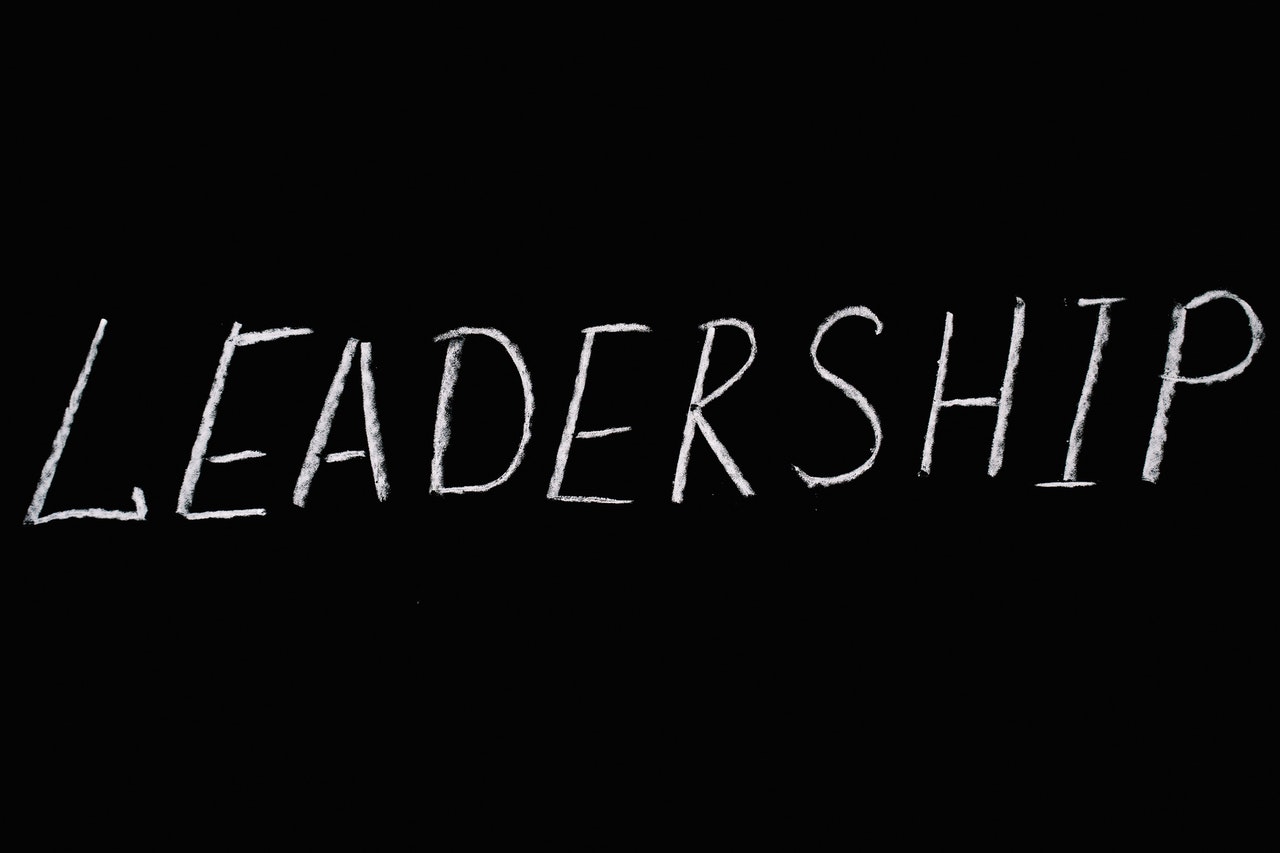Welcome to Crisis Management in the 21st Century and to Internet: The Ultimate Medium. A cross between tabloid journalism and a gladiator competition, between Pollyanna and Pandora, where minds meet and merge, clash and clamor, and where you can get more of anything you want than was EVER available at Alice’s Restaurant.
The Internet has become the largest media outlet in our known universe. Interactive print, audio and video communications are all available, with the line between “amateur” and “professional”, “traditional” and “untraditional” media blurred almost beyond ken. This massive medium has spawned what I have been calling “The I-Reporter” since long before CNN started using that term.
Consider these realities:
- Anyone can be an I-Reporter.
- While some I-Reporters compete for commercial gain, others compete simply for the joy of recognition. Just as traditional media reporters want to show up on page one of a newspaper, or at the top of the broadcast news, I-Reporters want their material showing up on page one of a Google search and – better yet – staying there for a while.
- Often, I-Reporters are also their own publishers and site promoters, or work in small teams to provide these functions, and through their skill can get better search engine placement and more attention on the Internet than “competing” entities.
- Search engine ranking has very little – and sometimes nothing – to do with quality or accuracy of content.
- Information posted on the Internet propagates virally – it finds a “home” via links or reprinted pages on websites run by people of like mind, and even misinformation is blatantly re-reported at websites operated by supposedly legitimate organizations.
- Some I-Reporters are constrained by the conditions of their employer, some are constrained by a sense of ethics, and some are completely unconstrained except by law – where it can be enforced.
Throw into that cauldron the fact that the general public still hasn’t fully realized how easy it is to misrepresent information on the Internet, and the witches’ brew has now become the most difficult environment challenging many ethical and honest organizations.
Organizations have always had individuals who disagree with their policies, dislike their products or services, are disgruntled former employees, or just had a bad experience with a receptionist. In the past, unhappy individuals could call or write letters to the company, contact the Better Business Bureau, or even seek the help of their local Consumer Reporter. Today, as or more quickly, they can just launch their own website.
Try this fascinating demonstration, given to me by a client recently. In a Google search bar, enter the word “socks” only substitute a “u” for the “o.” I am being obtuse so that readers’ spam-filters don’t delete this article! There were something like 23 million results as I write this article, and almost all of the first 20 Google pages – 200 entries (which is as far as I looked) – were complaints about companies or products.
How does today’s crisis manager deal with this when his or her organization is under fire? Here are some strategic considerations, offered as do’s and don’ts:
- Do not depend solely on the Web-based tactics to correct information that has been misreported on websites of any kind (Web pages, blogs, wikis, etc.) Use direct-to-stakeholder communications.
- Do your best to balance the results of a search for the keywords important to your organization, but remember that a totally balanced search – just like a totally balanced traditional news story – may be, at best, only 50 percent “your side” of a story when there is any controversy already brewing.
- Do not automatically think that you have to respond to every Internet critic.
- Do monitor critics to see if they either (a) draw the attention of your stakeholders and/or (b) start to achieve high search engine ranking. Then have your crisis team meet to discuss the pros and cons of PR and legal responses which could force inaccuracies off the Web or demonstrate to concerned stakeholders, on your own Web pages and/or through off-line tactics, why they have no reason for concern.
- Do not engage in debates with critics on “neutral” sites which allow such interchanges. There are ways to defuse those bombs that don’t make you a target for yet more negativity.
- Do consider getting more aggressive from a PR and legal perspective if allegations have already propagated widely, with considerable damage and the promise of worse damage.
- Do insist, as the top executive officer of any organization, that legal actions against hostile websites not be implemented without professional consideration of the PR implications, and that PR actions against hostile websites not be implemented without legal consideration.
- Do be sufficiently aware of the thoughts and feelings of your stakeholders – internal and external – that you know when and how severely Internet-centered negativity is impacting them. If you do, you will also know when they think you’re doing a good job responding to such negativity.
Virtually all of the crises to which I’ve helped clients respond in the past five years have had a Web-centered/Internet component, with the impact of the Internet on crisis management strategies and tactics growing exponentially every year. While many organizations have “IT people” on staff or on-call, IT expertise often does not translate to “Internet Communication” expertise. With the growth of the Internet, companies were very quick to experiment with it and sometimes learn how to use its capabilities to PROMOTE their products and services, to build brand awareness and enhance their reputation.
But now, just as it was “pre-Web,” the purpose of crisis management is to PRESERVE what has been gained through promotion. To, ideally, prevent crises from happening but, when that isn’t possible, to minimize damage. In the 21st Century, crisis managers need a new paradigm and an expanded skill-set to help their organizations or clients achieve that critical goal.
——————————-
For more resources, see the Free Management Library topic: Crisis Management
——————————-










